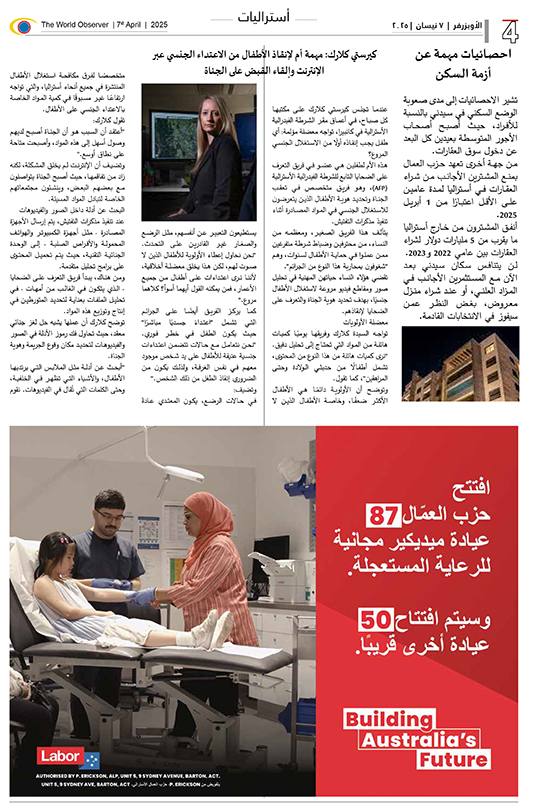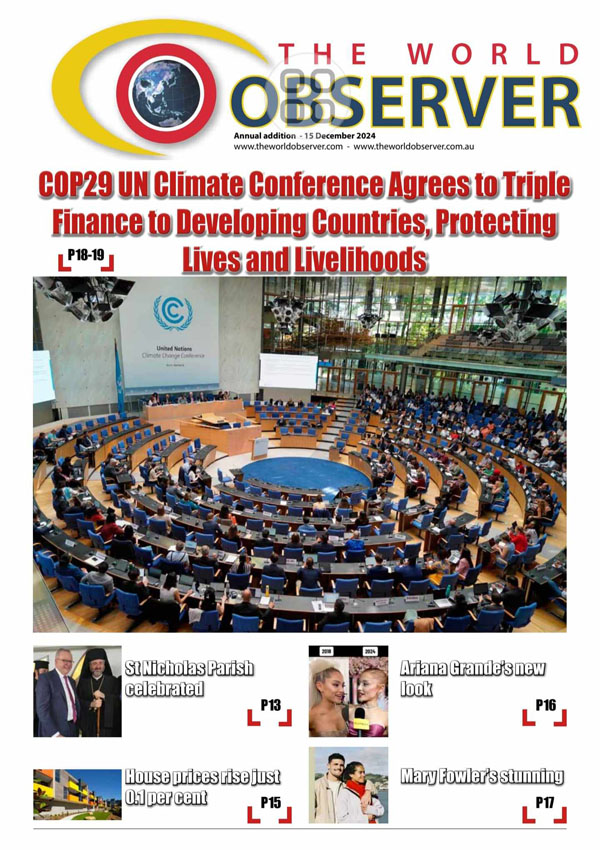
celand has more than quadrupled the number of annual foreign visitors that arrive on its shores in just six years.
Last year the island, a three-hour flight from the UK, counted 2.1 million tourists through its doors, a figure it had not anticipated reaching until 2020. In 2010 just 459,000 people visited Iceland.
The unchecked growth in the number of people visiting a country with a population of just 334,000 has already sparked concern that Icelandic infrastructure would not cope, that the majesty of its natural landscape could not be protected, and that its capital, Reykjavik, would become “Disneyland”.
Has the bubble burst?
After a 40 per cent rise in arrivals in 2016, growth has fallen to around 10 per cent.
Iceland’s Arion Bank has published its forecast for the next two years, estimating seven per cent growth this year and just five per cent in 2019.Last month domestic carrier Air Iceland announced it was dropping its route between Keflavik, the south Iceland airport through which 99 per cent of visitors arrive, and Akureyri in the north. The service was intended to help spread tourism throughout the country rather than have it slumped in the south of the country, but company director Árni Gunnarsson told news website Tourist that the service was not as successful as hoped. The north’s tourist board said the decision was “disappointing”.







































 The World Observer Media produces a daily online newspaper, a daily Arabic online newspaper and a monthly printed Arabic/English magazine and a weekly printed Arabic/English newspaper.
The World Observer Media’s mission is to entertain and educate all generation from the Ethnic Communities in Australia, who are interested in local, national and foreign information.
The World Observer Media produces a daily online newspaper, a daily Arabic online newspaper and a monthly printed Arabic/English magazine and a weekly printed Arabic/English newspaper.
The World Observer Media’s mission is to entertain and educate all generation from the Ethnic Communities in Australia, who are interested in local, national and foreign information. 


